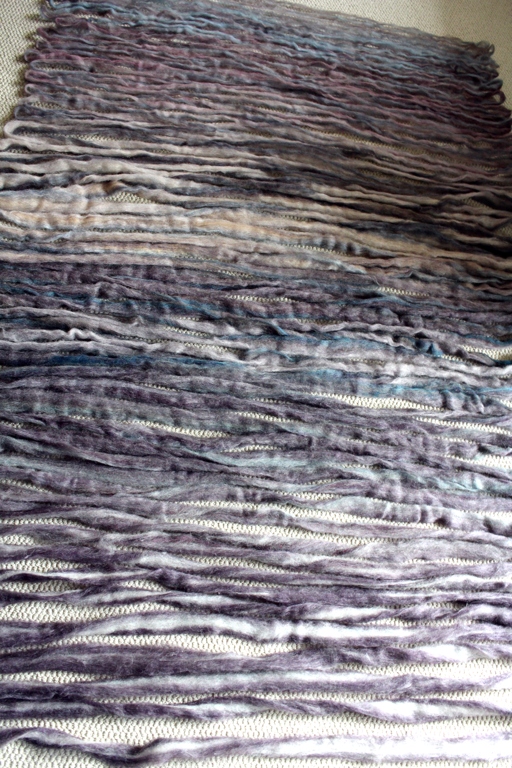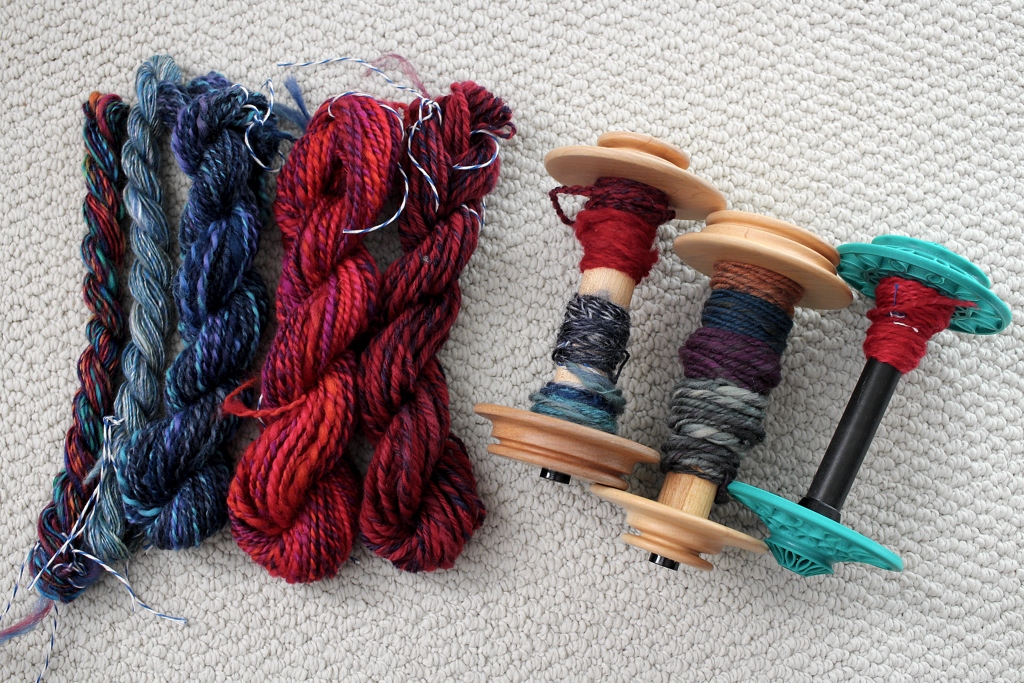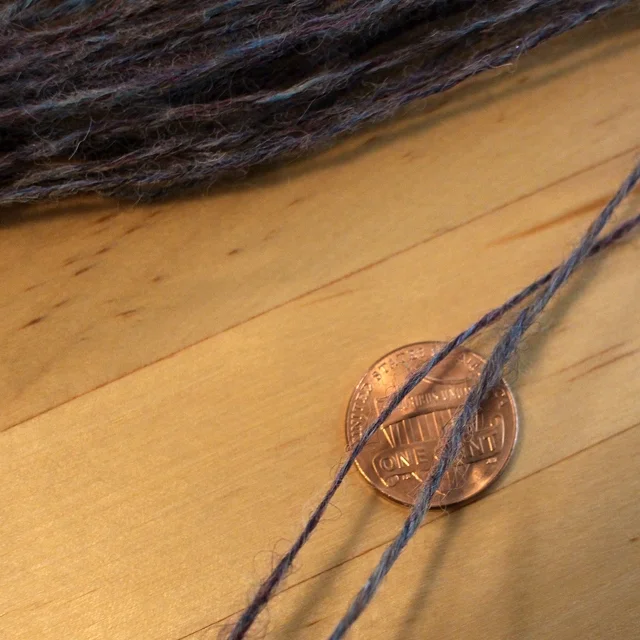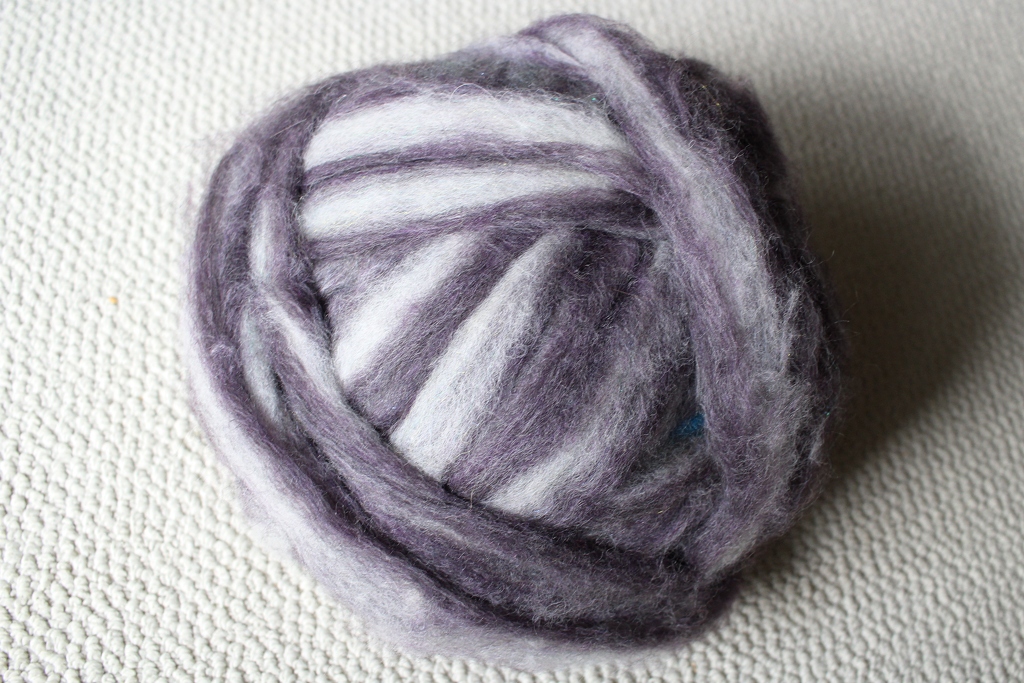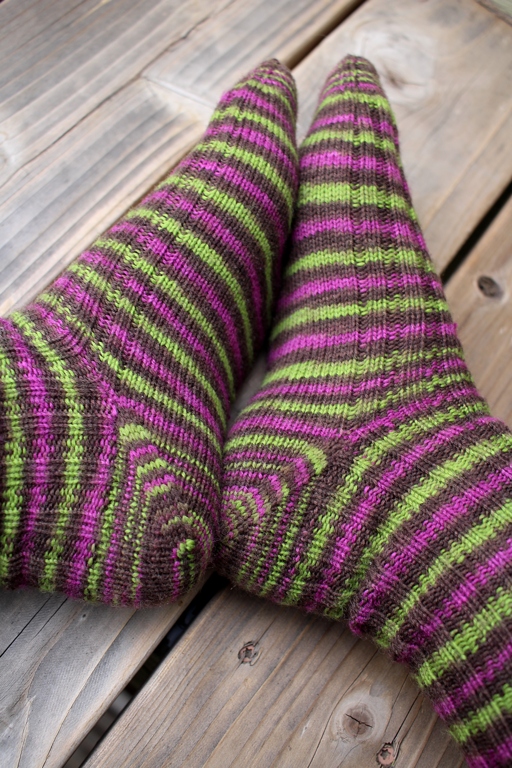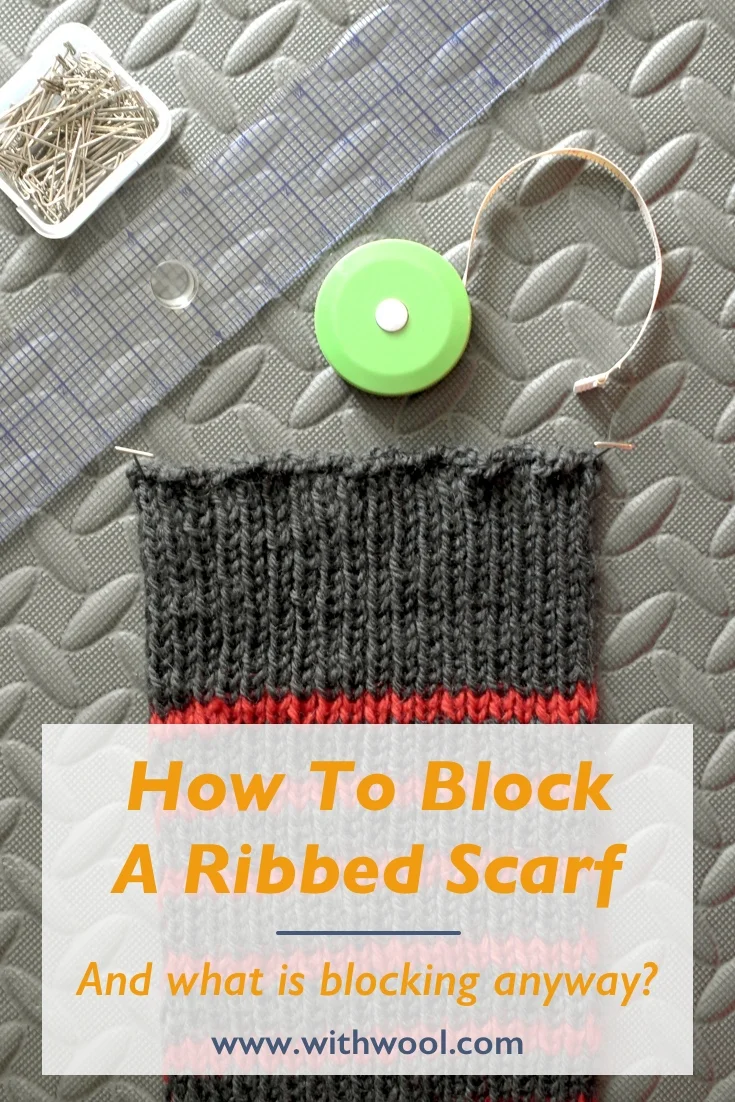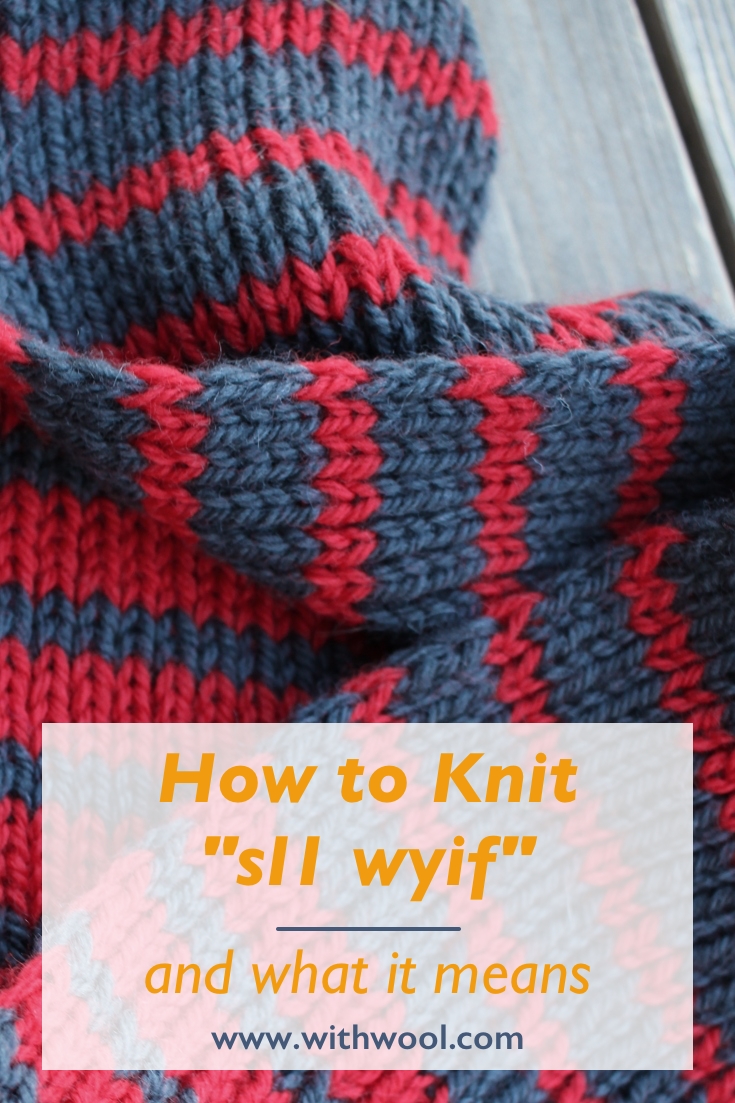A Handspun Purple Gradient
/And done! The extra long purple gradient I’ve been working on since mid March is finally yarn and ready to knit. I tackled the last bit of spinning and plying last week, and got the handspun off the bobbins on Sunday. Then the later skeins got a bath to set the twist before I hung them up to dry. In fact the bigger skeins were still a wee bit damp when I took these photos.
This felt like such a big project when I was in the middle of it. I usually spin 4 ounces at a time and keep it as one big skein. Working with 6 ounces and splitting it into 8 mini-skeins definitely changed things up. There was more upfront prep. More bobbins. More plying. More letting the twist rest overnight. More baths to set the twist (otherwise I would have mixed up the gradient order). All that extra work tricked me into thinking it was a much larger project than it was. An additional 2 ounces of fiber isn’t all that much, nor is 6 ounces anywhere close to a sweater quantity of handspun. When I look at the skeins all lined up, they still seem like a big project because I know just how much work, time, and brain space when into making them. Because of that, I’m proud of all 8 of these skeins. They’re the same weight and have the same finished texture. I feel like I can move onto bigger and more involved spinning projects now. Might not be all that long before I start spinning yarn for a sweater. Or a giant blanket.
I really enjoyed spinning this fiber, and I wish I could remember the vendor I bought it from. All I know is that it’s wool and that it was one of the last things that caught my eye at Interweave Yarn Fest 2016. I wish I’d put all the details up on the Ravelry stash page when the info was fresh in my mind. Maybe I’ll find the receipt, but I doubt it.
Now for the technical details. Since it had been so long since I saw what was in the middle of the roving ball, I laid it all out flat. Wasn’t sure what I wanted to do before, but seeing the complete color gradient made my decision easy. I split the gradient into its 8 major color sections and wound them into nests, making sure to keep the colors moving in the same direction. I wanted to preserve the colors and variation within each section as much as possible so I decided to chain ply.
I started with the smallest nest of fiber which just so happened to be at one end of the gradient. Then I treated this first skein as a sample to figure out how I wanted to spin the 7 other bigger skeins. You can read more about that process here.
Once I figured out which drafting method worked for the fiber and the finished yarn, the only thing left to do was to get spinning. This fortunately coincided with the start of #the100DayProject where I dedicated myself to making yarn everyday for 100 days. That little bit of daily spinning, even if it was only 10 minutes, really added up. And the 100 Day Project kept me spinning even on busy days when I would have skipped it otherwise.
Almost 2 months later, I’ve got about 560 yards of sport weight yarn. I’m sure that number shrunk when I set the twist, but there’s still plenty of yardage to make a cosy shawl. I have an idea in my head for what that will look shawl will like, and I’m almost ready to get that down on paper. I think it’s time to get swatching.




